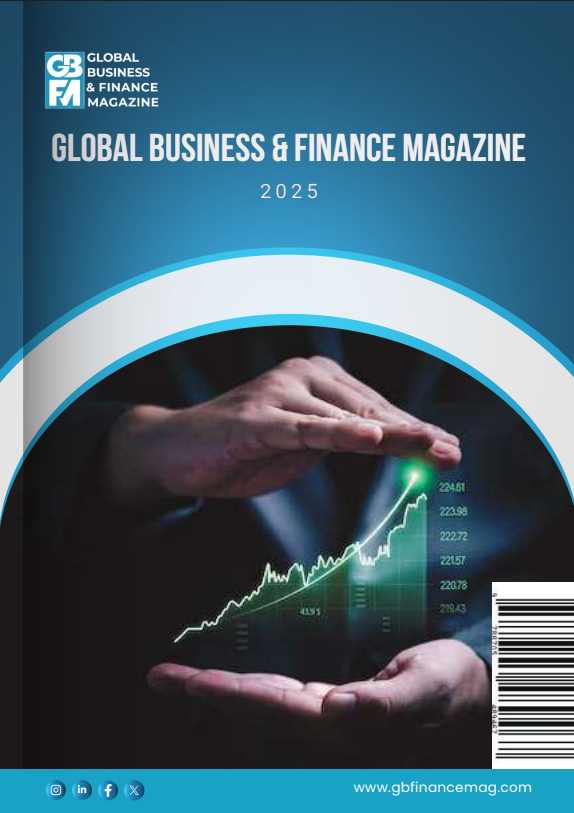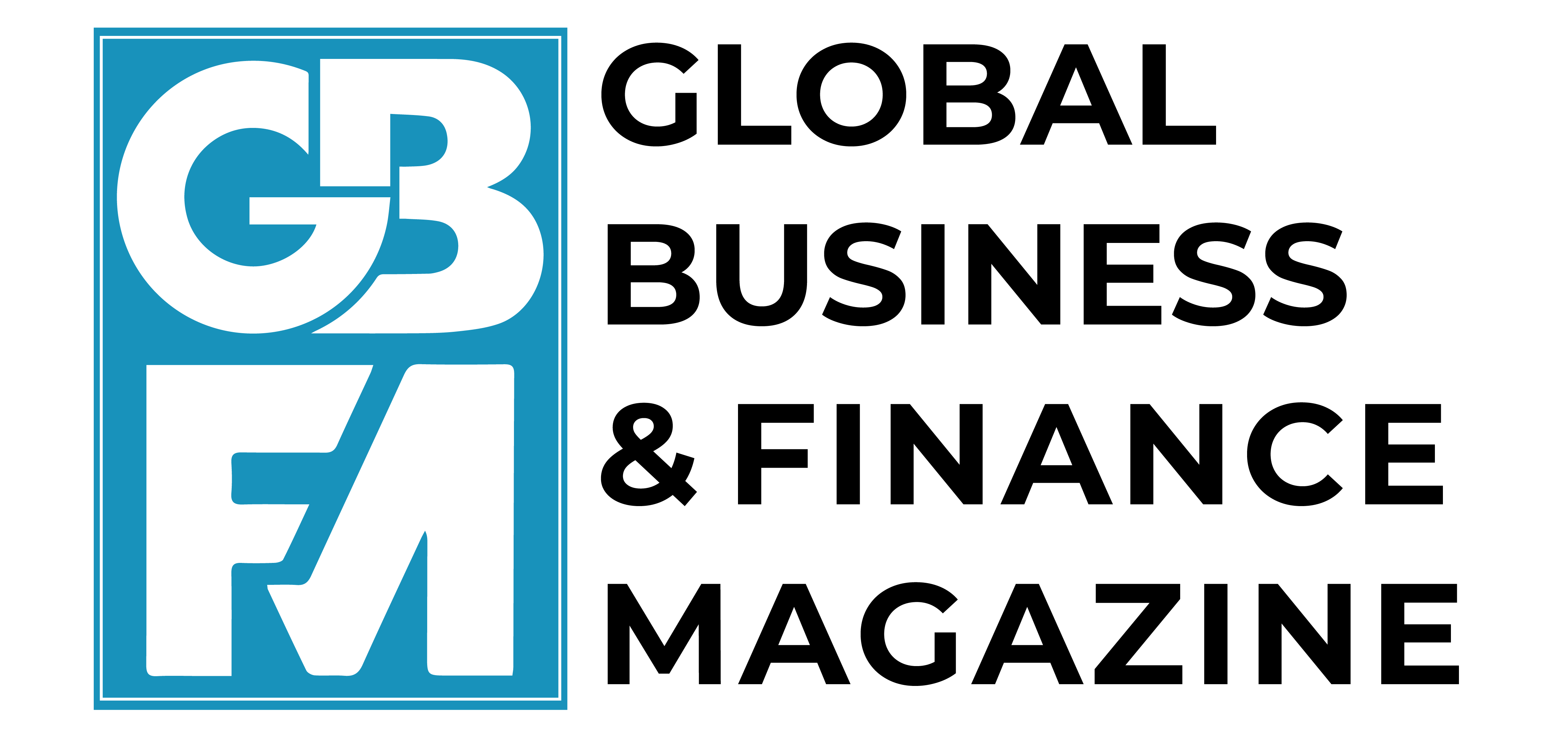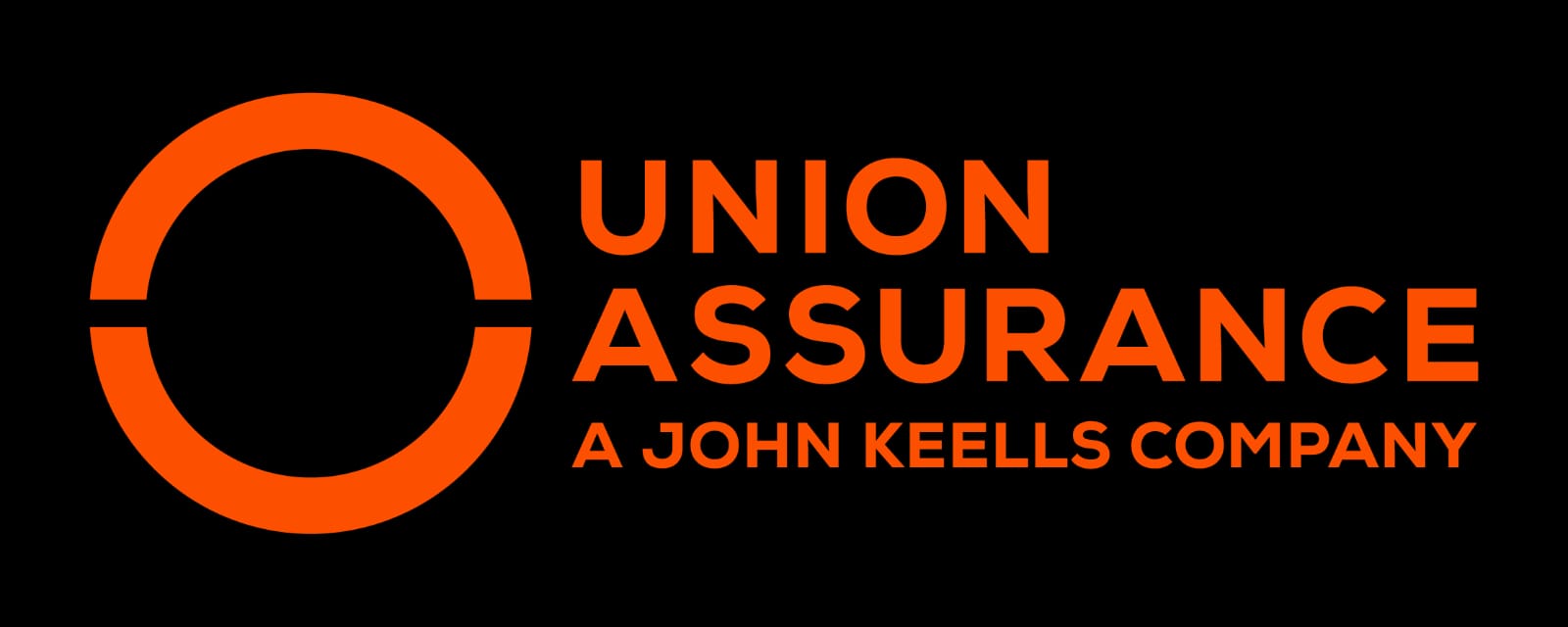In a context of shifting US commitments, external threats, and global competition over trade, technology, critical minerals, talent, and intellectual property, Europe’s lack of defence capabilities leaves it vulnerable to economic and foreign policy pressure. This column outlines key principles for establishing a European Future of Defence Architecture and a framework for its financing.
Europe must urgently strengthen its defence capabilities to secure strategic autonomy. The absence of such capacity leaves the continent vulnerable to economic and foreign policy pressure, threatening the survival of the EU and its core values. Europe must also address the overwhelming dominance of US capital markets.
This column outlines key principles for establishing a European Future of Defence Architecture and the common framework for its financing. Such a framework would support the development of a safe and liquid European securities market at a propitious moment, as global investors are actively seeking alternatives to the dollar. It would address a critical and urgent collective security need. It would establish the governance and foundations necessary for the emergence of a European safe asset, which is a critical step forward for the integration of European financial markets.
By Europe, we refer to a coalition of willing EU countries – the European Team – prepared to move quickly, as time is short.
European Future of Defence Architecture
This column does not address traditional expenditures such as personnel, munitions, and tanks. Instead, it focuses on the development of European strategic autonomy in next-generation military technologies such as a European sky shield, hypersonic weapons, strategic enablers such as the cloud, AI infrastructure, advanced software, quantum computing, cyber capabilities, satellite constellations, drones, robotics, and critical-mineral processing technologies.
Security needs and these technologies have a distinctly European dimension. These technologies cannot be deployed efficiently at the national level. Today, fragmented defence spending has produced duplication, inefficiency, and lack of scale. Europe lags in essential fields. To reverse this, the European Team must:
- Pool resources and engage in joint, predictable procurement over extended periods.
- Ensure some competition among the European Team firms for long-term contracts.
- Rely on long-term commitments to build industrial capacity and foster innovation.
Many of these technologies will be dual-use, contributing to both security and long-term productivity growth. Their relative novelty limits the entrenched influence of national champions and lobbies, giving policymakers an opportunity to pursue joint procurement without legacy obstacles. Digital technologies and satellites are prime examples of dual-use technologies, of transcending national borders, and of being crucial for our defence.
Governance of the European Future of Defence Architecture
Article 346 TFEU exempts the defence industry from standard EU Single Market provisions, including non-discrimination in procurement. Hence an intergovernmental treaty among European Team countries is necessary. The intergovernmental treaty should allow the coalition of countries to deliver on their future of defence goals quickly. For this a special attention to the robustness of the decision-making process and its rules will be called for.
Steering Committee of Defence and Technology Experts
This body, transcending national borders, should define forward-looking priorities, allocate resources within a multi-year budget, plan investments, and ensure quality control, scale, and interoperability.
- For its innovation mandate, the committee could draw on the DARPA model of governance.
- The overall multi-year budget should be determined by European Team representatives, taking NATO commitments and other national defence needs into account.
- A Team Europe Military Purchase mechanism should be put in place (similar to US Foreign Military Sales) in order to simplify defence purchases by all European countries and allies (scope to be defined by the steering committee).
Financing
The European Defence Architecture is a joint investment and requires joint financing. Because of past underinvestment in European defence, defence spending needs to be front-loaded to catch up and therefore debt financing in the short run is needed. Individual countries cannot shoulder, nor perform efficiently, the necessary catch up in future of defence technologies, which have a European dimension.
Alongside the Defence and Technology Committee, a Steering Committee for Financing Future Defence should be created. The two steering committees should work in close cooperation.
Mandate of the Financing Committee
- Issue joint European Future of Defence Bonds to minimise financing costs (joint and several liabilities).
- Achieve sovereign status for these bonds.
- Ensure eligibility for ECB refinancing operations.
Such a mandate would help accelerate the development of deeper, more liquid capital markets to compete with the growing dominance of the US capital market since the Global Financial Crisis.
Achieving sovereign status likely requires:
- A predictable issuance calendar enabled by the recurring nature of defence financing.
- Revenue streams attached to the bonds
- Minimum issuance scale or predictable growth over time.
- Transparency and credibility of the European Team’s commitments.
Repayment shares using national revenues or the use of common tax resources should be decided by European Team representatives.
Sketch of a possible future of defence spending profile for a catch up
- Spending of 1% of GDP per year for the next ten years, going down to a steady 0.5% thereafter.
- Future of Defence issues 1% of GDP with ten-year maturity, each year for ten years and rolls over the new debt so there are no payments (on principal or interest) for the first ten years.
- The outstanding debt in 2035 would represent about 10% of GDP (at 3% annual interest rate). From 2035 on, the debt would be stabilised with member country fiscal resources. About 1% of GDP would be rolled over every year with member countries fiscal resources covering the interest costs (net of growth) and the flow of 0.5% of current future of defence expenditures.
- After 2035, the contribution of member country fiscal resources would be about 0.6% of GDP for a steady permanent defence spending of 0.5% of GDP and payment of interest to stabilise the debt-to-GDP ratio.
- With a GDP of €15.9 trillion in 2024 (team made of France, Germany, Italy, Spain, the Netherlands, Belgium, Luxemburg, Poland, Ireland, Sweden, Denmark, Finland, Greece, Estonia, Lithuania, Latvia), nominal growth of about 2%, cumulative spending would be about €1.8 trillion for ten years (2026-2035) for the catch-up phase. 4
- If the team consisted of the entire EU, with a GDP of about €17.9 trillion in 2024, nominal growth of about 2%, this gives a cumulative spending of about €2 trillion for ten years (2026-2035) for the catch-up phase.
- Fiscal resources after ten years – for example, VAT receipts of each country could be allocated.
This defence spending profile can be scaled up or down depending on the identified military needs put forward by the Steering Committee of Defence and Technology Experts.
For example, for the team made of France, Germany, Italy, Spain, the Netherlands, Belgium, Luxemburg, Poland, Ireland, Sweden, Denmark, Finland, Greece, and the Baltic countries, a catching up phase spending of 0.5% of GDP per year for the next ten years would lead to cumulated spending of about €900 billion and a debt-to-GDP ratio of about 5% in 2035.
Governance of Future of Defence Bonds
We focus on one possible implementation, but there are several.
For concreteness, we take an example where the Financing Committee could be housed within the European Stability Mechanism (ESM). Other possibilities include the European Investment Bank (EIB) or a new agency. If the ESM were used, one would need to create two distinct pillars:
- Pillar I: Current ‘European Monetary Fund’ functions (crisis management function)
- Pillar II: Financing functions for the European Defence Architecture (common investment function)
Advantages of using the ESM:
- Established via intergovernmental treaty.
- Experienced in bond issuance and well capitalised.
- Crucially, ESM debt is off member-state balance sheets – a key advantage given fiscal constraints and NATO commitments.
The ESM treaty (not yet ratified) should be amended to:
- Authorise lending not only to member states but also to agencies (e.g. the Future of European Defence Agency).
- Reflect the creation of the second financing pillar of a very different nature from the first pillar. The second pillar is there to fund a common investment of Team Europe.
- Authorise some non-euro area and some non-EU members to be part of pillar II of the ESM.
One potential disadvantage of using the ESM for this initiative is the fact that the ESM was explicitly designed as a crisis mechanism for the euro area and not a general financing vehicle. For that reason, the creation of a new financing agency could instead be considered.
Composition of the European Team
- The European Team should begin with a subset of EU countries willing to move quickly, prioritising governance quality over size. It would be highly desirable to quickly associate non-EU countries such as Norway, the UK, Switzerland, and Ukraine.
- Once established, the framework should remain open to other volunteer countries.
This inclusiveness should be considered when revising the ESM treaty and building the legal framework or when setting up a new dedicated financing and issuing agency.
Why this approach would work
- Urgency: The geopolitical situation is recognised as critical across European capitals.
- European dimension: Defence needs and technologies naturally transcend borders.
- Financing credibility: Purpose-driven, efficient joint issuance contrasts with earlier Eurobond proposals.
- Market timing: Global investors seek safe alternatives to dollar assets.
- Fiscal flexibility: Enables member states to meet NATO commitments despite fiscal constraints.
- Economy: Dual-use contributes to both security and long-term productivity growth. Proper governance of a common investment and joint financing helps build up the savings investment union and a European safe asset.
- Institutional blueprints: Building on a NATO European branch/DARPA/ESM can help speed up the implementation.
- Historical context: Allows Germany to channel large defence commitments into joint European projects, which is a plus given Europe’s history.
Time horizon
- Treaty amendments and ratifications: approximately one year.
- Establishment of steering committees: similar timeframe.
- Strategy: Begin rapidly with a small group and limited projects, ensuring sound governance, then scale up.
The urgency cannot be overstated. Russian aggression, shifting US commitments, and global competition over trade, technology, critical minerals, talent, and intellectual property create a narrow window of political alignment. Europe must seize this opportunity to safeguard its autonomy and to finally develop and integrate its financial markets.
Source : VOXeu





































































